GSOK POWER LTD.
All solar power systems work on the same basic principles. Solar panels first convert solar energy or sunlight into DC power using what is known as the photovoltaic (PV) effect. The DC power can then be stored in a battery or converted by a solar inverter into AC power which can be used to run home appliances. Depending on the type of system, excess solar energy can either be fed into the electricity grid for credits, or stored in a variety of different battery storage systems.
1. On-grid - also known as a grid-tie or grid-feed solar system
2. Off-grid - also known as a stand-alone power system (SAPS)
3. Hybrid - grid-connected solar system with battery storage
Main Components Of A Solar System
Most modern solar panels are made up of many silicon based photovoltaic cells (PV cells) which generate direct current (DC) electricity from sunlight. The PV cells are linked together within the solar panel and connected to adjacent panels using cables. Note: It is sunlight or irradiance, not heat, which produces electricity in photovoltaic cells. Solar panels, also known as solar modules, are generally connected together in ‘strings’ to create a what is known as a solar array. The amount of solar energy generated depends on several factors including the orientation and tilt angle of the solar panels, efficiency of the solar panel, plus any losses due to shading, dirt and even ambient temperature. There are many different solar panel manufacturers on the market, so it worth knowing which are the best solar panels and why Solar panels can generate energy during cloudy and overcast weather, but the amount of energy depends on the 'thickness' and height of the clouds, which determines how much light can pass through. The amount of light energy is known as solar irradiation and usually averaged over the whole day using the term Peak Sun Hours (PSH). The PSH or average daily sunlight hours depends mainly on the location and time of year
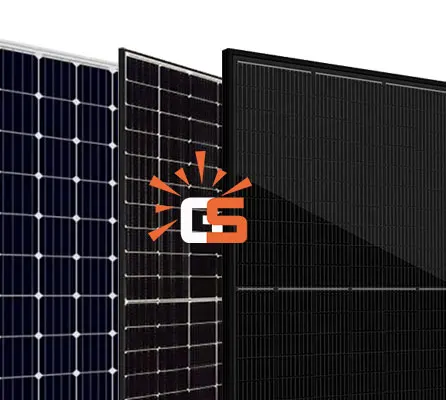
Solar panels generate DC electricity which must be converted to alternating current (AC) electricity for use in our homes and businesses. This is primary the role of the solar inverter. In a ‘string’ inverter system, the solar panels are linked together in series, and the DC electricity is brought to the inverter which converts the DC power to AC power. In a micro inverter system, each panel has its own micro-inverter attached to the rear side of the panel. The panel still produces DC, but is converted to AC on the roof and is fed straight to the electrical switchboard.
There are also more advanced string inverter systems which use small power optimisers attached to back of each solar panel. Power optimisers are able to monitor and control each panel individually and ensure every panel is operating at maximum efficiency under all conditions.
Batteries used for solar energy storage are available in two main types, lead-acid (AGM & Gel) and lithium-Ion. There are several other types available such as redox flow batteries and sodium-ion but we will focus on the most common two. more information of our Solar Energy Battery please check : Solar Energy Battery
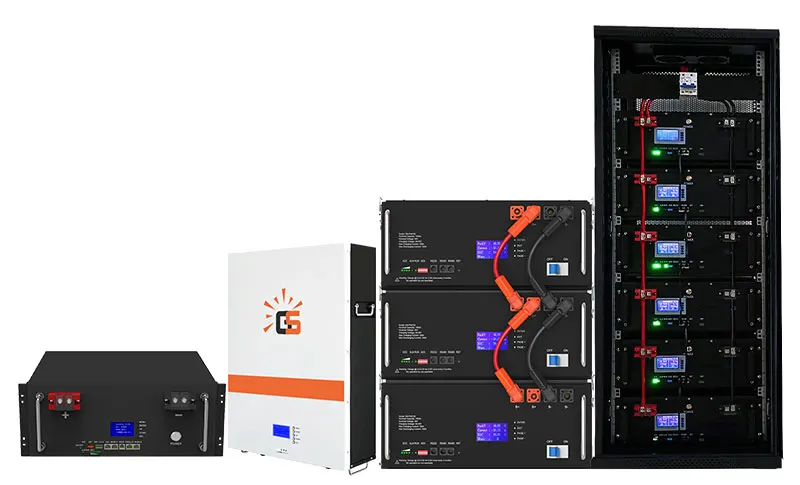
GSOK Power Ltd is a factory specializing in the production of lithium batteries, the battery models mainly used in solar systems are:
No1, 48V / 51.2V : 50Ah & 100Ah & 200Ah & 300Ah & 400Ah & 500Ah & 600Ah & 700Ah & 800Ah and etc.
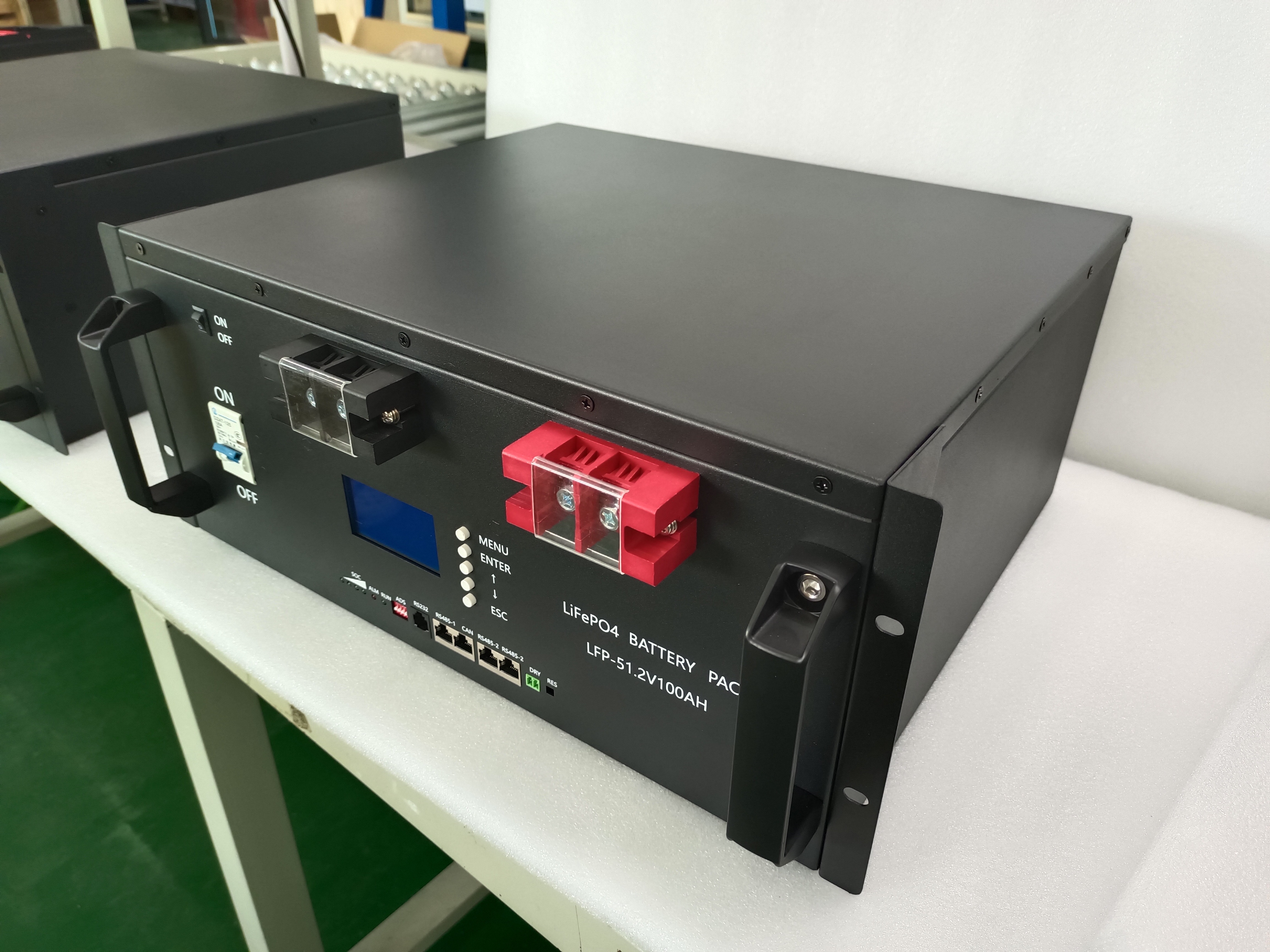

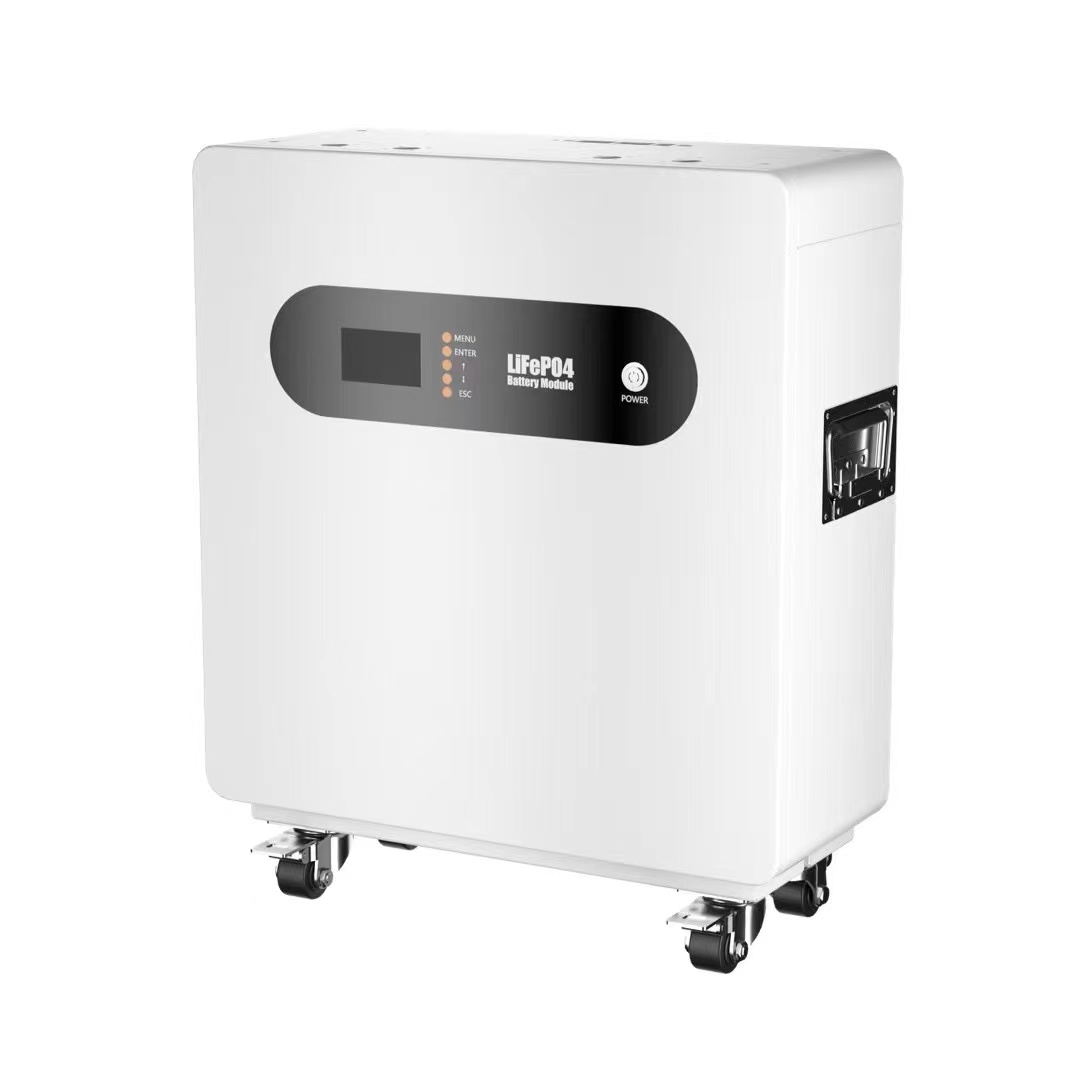

No.2, 96V / 192V / 384V / : 100Ah & 200Ah and etc.
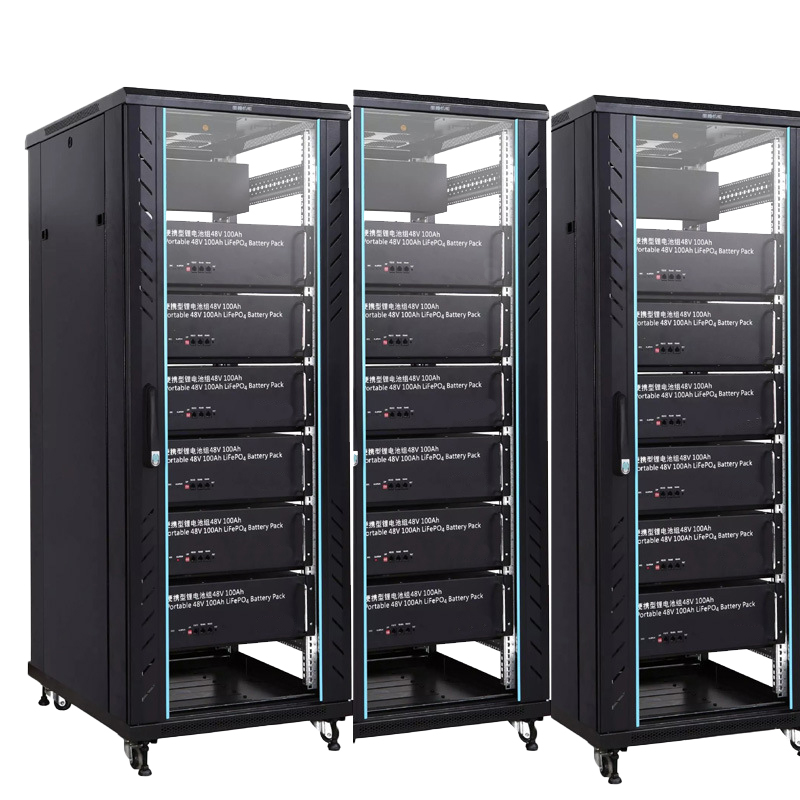
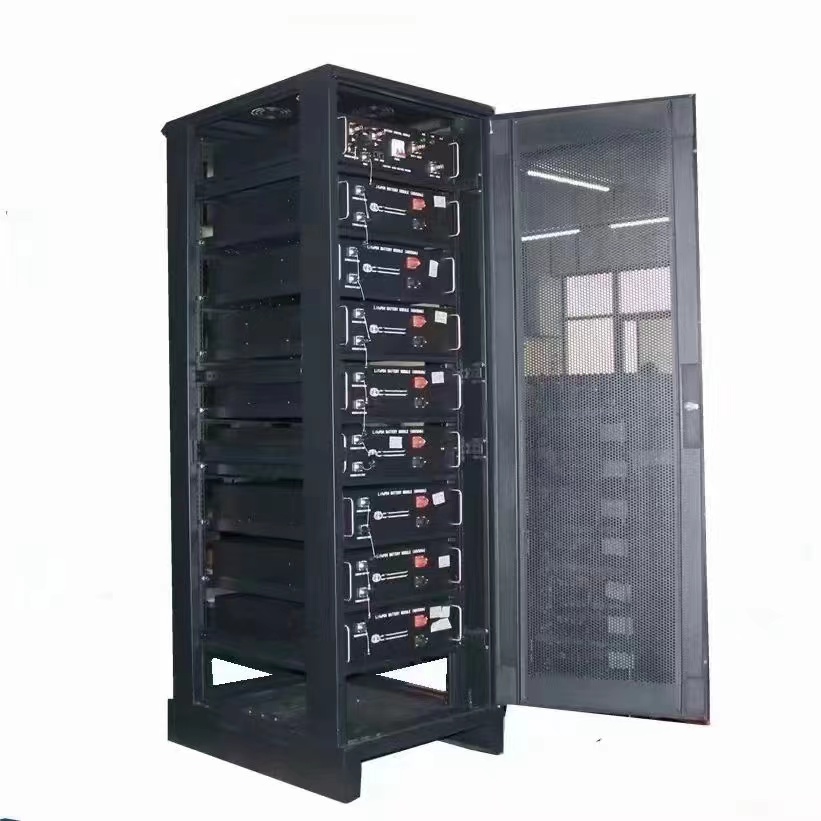
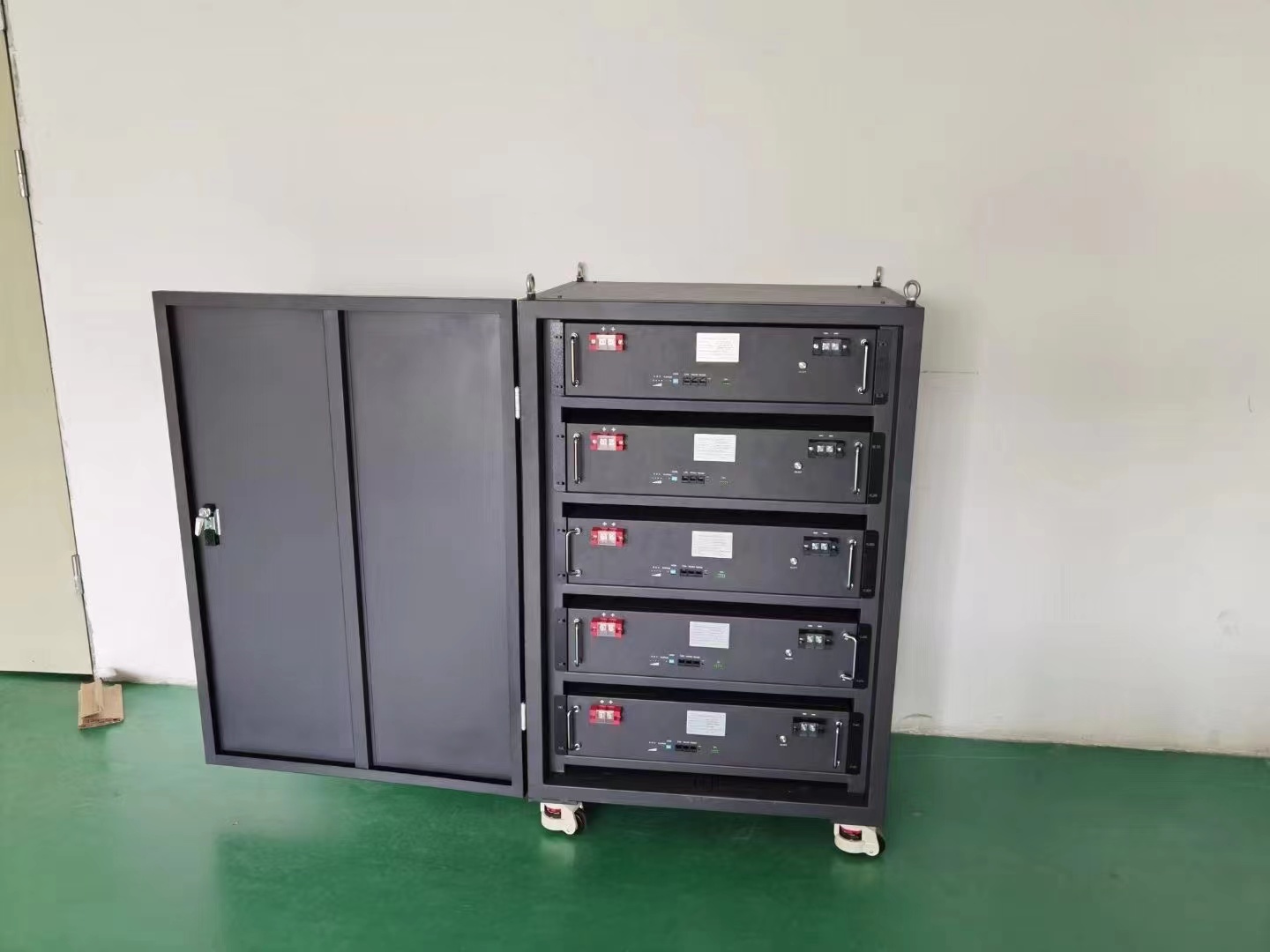

About battery usage
1,If the GSOK battery compatible with inverter?
Yes,our battery pack can. compatible with most brand of inverter on the market like Victron / Pylontech / Goodwe / Growatt / Deye / SMA / and so on.
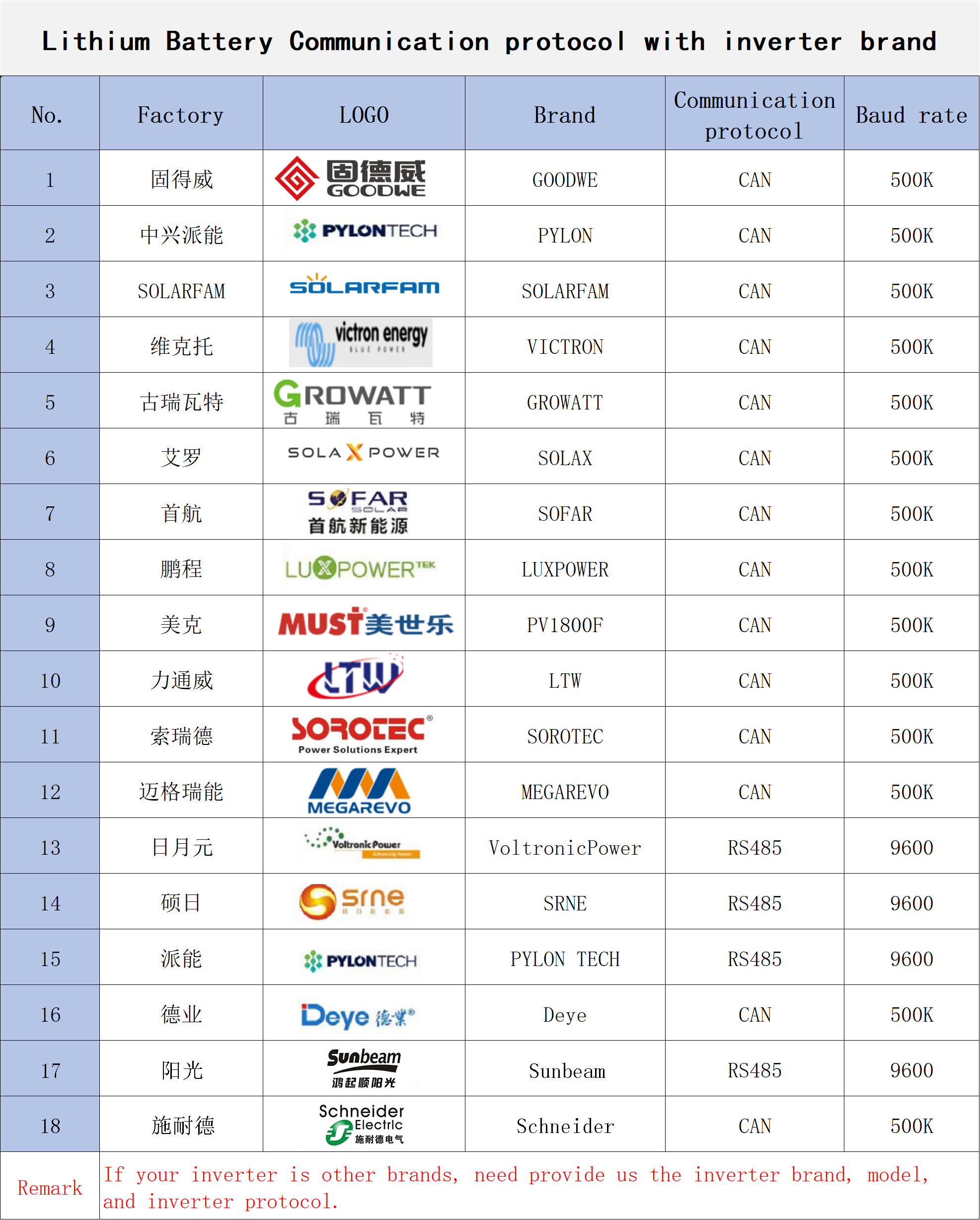
2,What should be paid attention to when using the battery?
Batteries can only be used under the following conditions, otherwise the performance of batteries will be reduced or the service life of batteries will be shortened. The use of batteries outside this temperature range may cause overheating, explosion or fire.
(1) Charging: 0 ~45, relative humidity 45%~85%;
(2) Discharge: - 10 ~55 C, relative humidity 45%~85%;
(3) The daily average relative humidity is not more than 80%, and the monthly average relative humidity is not more than 80%.
(4) There is no strong vibration and impact, no strong electromagnetic interference, and the induction intensity of external magnetic field should not exceed 0.5mT.
(5) Installation vertical inclination does not exceed 5%.
(6) There shall be no explosive dangerous medium in the place of use, no harmful gas or conductive medium that corrodes metals and destroys insulation, and no mildew shall be allowed in the surrounding medium.
(7) Battery must charge every three months. Long time store, please
charge the battery keep 40%~60% electricity.
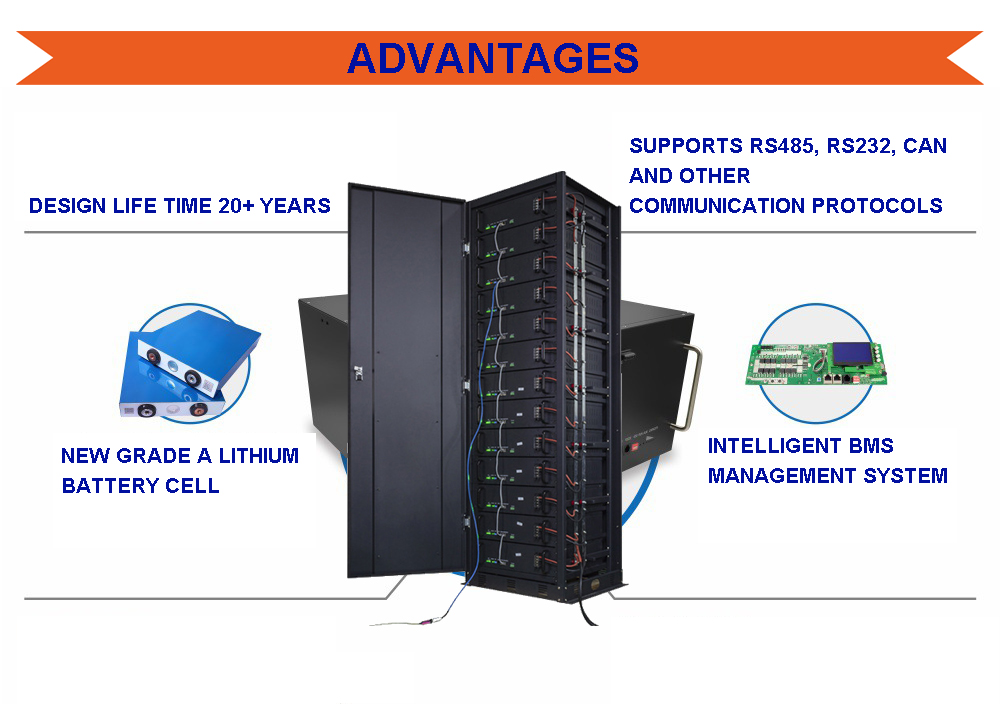
3,WARNINGS
(1)Do not immerse the battery in water or seawater, and keep the battery in a cool dry surrounding if it stands by.
( 2) Do not use or leave the battery near a heat source as fire or heater
(3)When recharging, use the battery charger specifically for that purpose
(4)Do not reverse the positive (+) and negative (-) terminals
(5)Do not connect the battery to an electrical outlet
(6)Do not discard the battery in fire or heat it
( 7) Do not let the battery terminals (+ and -) contact a wire or any metal with carried or stored together, may cause short-circuit.
( 8) Do not drive a nail in, hit with a hammer, or stamp on the battery.
( 9) The physical structure of lithium batteries will be changed by high pressure, strong vibration and strong impact, and the battery will be damaged due to internal short circuit. The batteries with the above phenomena can not continue to use in operation, so they should be discarded in time.
( 10) Do not disassemble or alter the batteries’ outside structure.
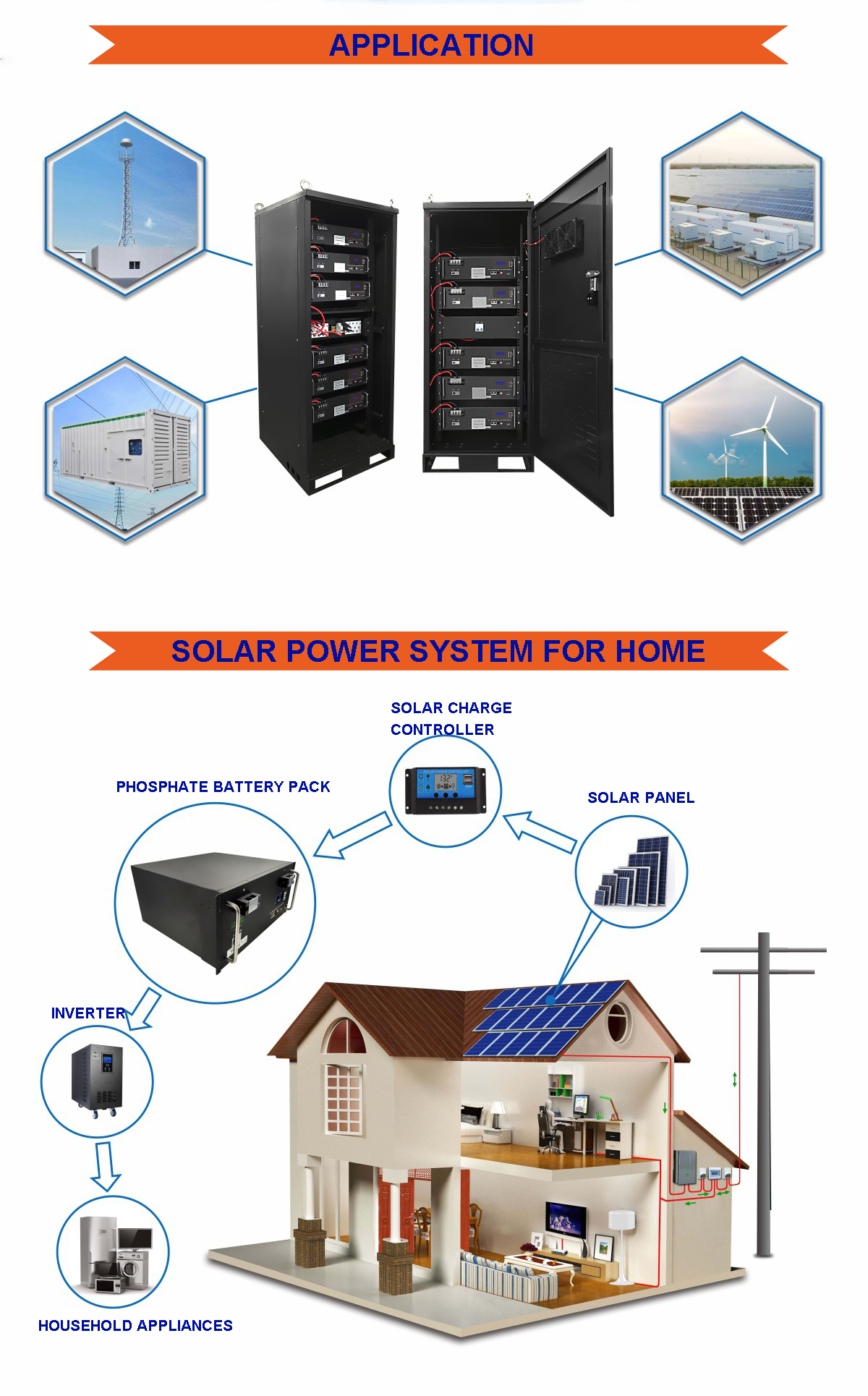

4, CAUTIONS
( 1 ) Do not use or leave the battery at very high temperature (for example, at strong direct sunlight or in a vehicle in extremely hot weather). Otherwise, it can overheat or fire or its performance will be degenerated and its service life will be decreased.
( 2) Do not use it in a location where static electricity is great, otherwise,the safety devices may be damaged, causing hidden trouble of safety.
( 3) If the battery leaks, and the electrolyte get into the eyes. Do not rub eyes, instead, rinse the eyes with clean running water, and immediately seek medical attention. Otherwise, it may injure eyes or cause a loss of sight.
( 4) If the battery gives off an odor, generates heat, becomes discolored or deformed, or in any way appear abnormal during use, recharging or storage, immediately remove it from the device or battery charger and
stop using it.
( 5) In case the battery terminals are dirty, clean the terminals with a dry cloth before use. Otherwise power failure or charge failure may occur due to the poor connection with the instrument.
( 6 ) Be aware discarded batteries may cause fire, tape the battery terminals to insulate them

5, Attention
( 1) Lithium batteries can not be used in short connection (all kinds of batteries can be used in short connection), the phenomenon of direct short connection between positive and negative electrodes of batteries can not occur. The consequence is that the explosion-proof valve opens and will burst in serious cases.
( 2) Can not be used over discharge, discharge voltage should not be lower than the lower limit voltage of the battery, affecting the battery cycle life (inflation).
( 3) Can not be overcharged, charging voltage can not be higher than the battery upper limit voltage, explosion-proof valve open, serious will burst.
( 4) Different types of products can not be mixed use, battery structure,chemical composition, battery performance deviation is large, there are serious security risks.
( 5) Different batches of products should not be mixed to affect the consistency of battery monomers. The products of the same batch are the products of the same mixing process, the chemical composition is the same, and the consistency between the cell monomers is the closest.(Mixed use is not recommended for different brand of products)
(6) Fire prevention, improper use of high capacity lithium batteries will cause fire (should be operated according to the relevant national standards for the use of electrical appliances), with special fire extinguishing equipment and fire disposal channels. Keep away from flammable and explosive materials.
( 7) Electrical appliances with lithium batteries (all kinds of secondary batteries) must be regularly charged and maintained. Long-term storage will drain the battery energy, resulting in battery damage. Such phenomena as shell expanding and non-charging. Because of impurities such as moisture in the air, all batteries placed in the air are in a continuous discharge state due to certain conductive conditions.Discharge varies greatly in different environments and seasons
( 8) Lithium iron phosphate batteries can be connected in parallel,max 15 Pieces.
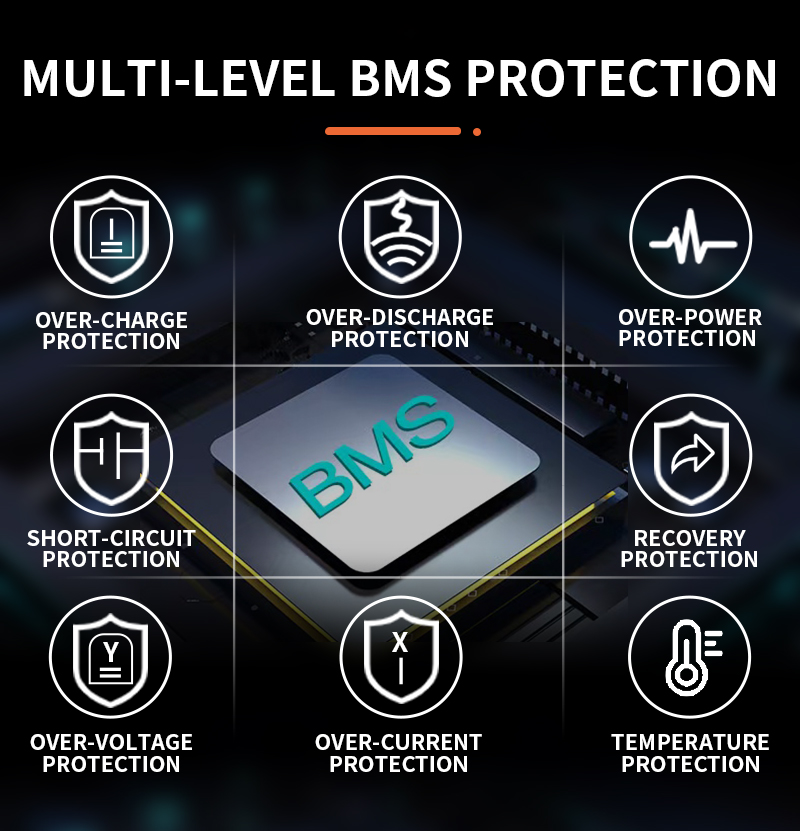
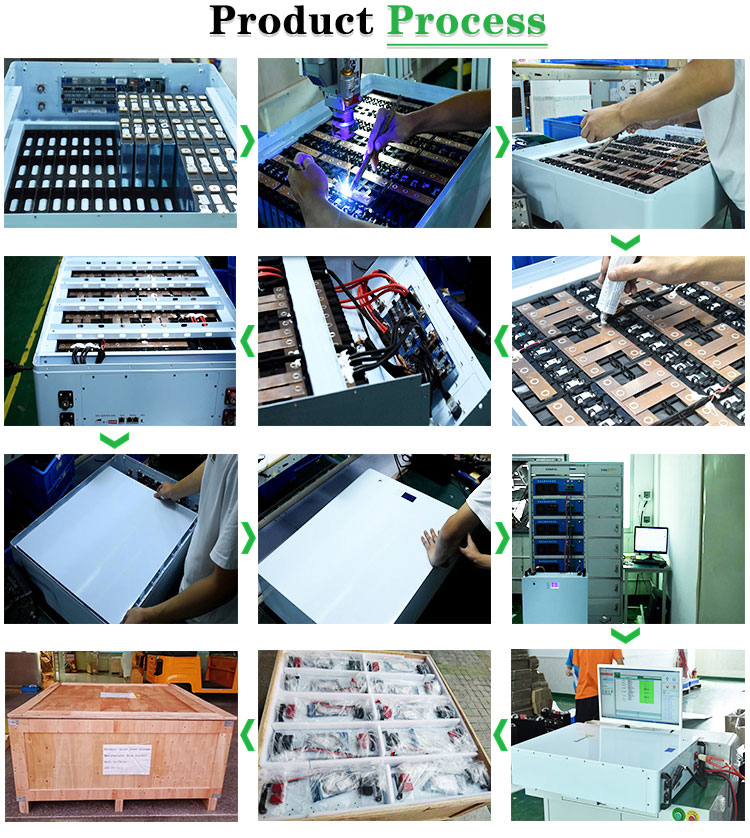
On-grid or grid-tie solar systems are by far the most common and widely used by homes and businesses. These systems do not need batteries and use either solar inverters or micro-inverters and are connected to the public electricity grid. Any excess solar power that you generate is exported to the electricity grid and you usually get paid a feed-in-tariff (FiT) or credits for the energy you export.
Unlike hybrid systems, on-grid solar systems are not able to function or generate electricity during a blackout due to safety reasons. Since blackouts usually occur when the electricity grid is damaged; If the solar inverter was still feeding electricity into a damaged grid it would risk the safety of the people repairing the fault/s in the network. Most hybrid solar systems with battery storage are able to automatically isolate from the grid (known as islanding) and continue to supply some power during a blackout.
Batteries are able to be added to on-grid systems at a later stage if required. The Tesla Powerwall 2 is a popular AC battery system which can be added to an existing solar system.
An off-grid system is not connected to the electricity grid and therefore requires battery storage. Off-grid solar systems must be designed appropriately so that they will generate enough power throughout the year and have enough battery capacity to meet the home’s requirements, even in the depths of winter when there is generally much less sunlight.
The high cost of batteries and off-grid inverters means off-grid systems are much more expensive than on-grid systems and so are usually only needed in more remote areas that are far from the electricity grid. However battery costs are reducing rapidly, so there is now a growing market for off-grid solar battery systems even in cities and towns.
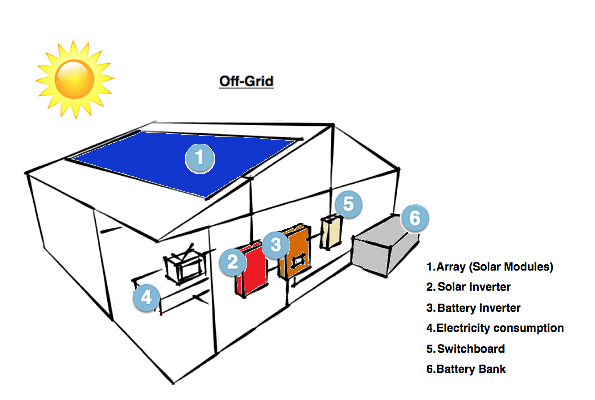
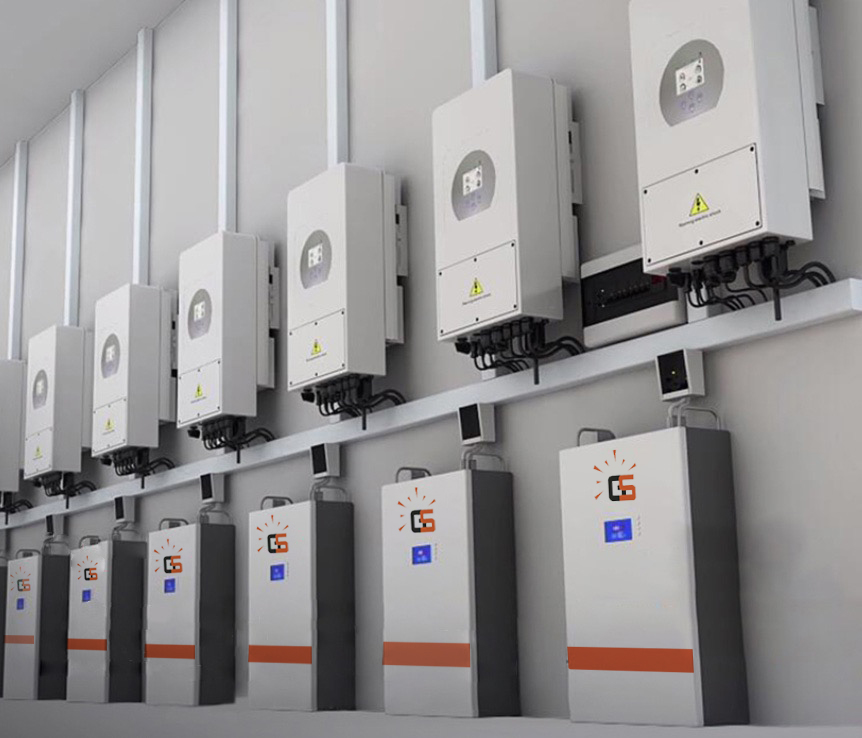
Modern hybrid systems combine solar and battery storage in one and are now available in many different forms and configurations. Due to the decreasing cost of battery storage, systems that are already connected to the electricity grid can start taking advantage of battery storage as well. This means being able to store solar energy that is generated during the day and using it at night. When the stored energy is depleted, the grid is there as a back up, allowing consumers to have the best of both worlds. Hybrid systems are also able to charge the batteries using cheap off-peak electricity (usually after midnight to 6am).
Batteries for solar energy storage are evolving rapidly and becoming mainstream as the transition to renewable energy accelerates. Until recently, batteries were mostly used for off-grid solar systems but the huge leap forward in lithium battery technology has seen an immense amount of interest in people wanting to store excess solar energy, increase self-consumption and become more energy independent. Additionally, with frequent extreme weather events causing grid-wide blackouts, households and businesses are looking for ways to ensure they have a reliable electricity supply during prolonged electricity supply disruptions.
Lead-acid batteries - Traditionally used for off-grid power systems but are not widely used today
Lithium-ion batteries - Now the most common type of battery and advancing rapidly
Flow batteries - Generally used for larger energy storage applications and gradually evolving
Traditional battery systems were made up of deep-cycle lead-acid batteries. However, over recent years different variations of lithium-ion batteries have dominated due to the many benefits over lead-acid batteries including; lightweight, scalable, high efficiency and long life. Large companies such as LG and Samsung began releasing lithium battery systems back in 2015, but interest rapidly increased with the announcement of the Tesla Powerwall; this was when home storage batteries really hit the mainstream.
There is a lot of debate about whether a battery system is cost-effective. The relatively high upfront cost and longer payback usually mean they are not a great financial investment. However, as solar feed-in tariffs (credits you get for feeding excess solar into the grid) reduce, the numbers start to stack in favour of batteries. Our free solar and battery calculator can give you a good insight into the costs and savings of various battery systems.
For many people, economics is not the primary driving factor for purchasing a battery. There are many other valid reasons for households and businesses to invest in battery storage from the feel-good factor to providing backup power in the event of an emergency. In our opinion, self-sufficiency and energy security are both valid reasons. A battery can significantly increase energy independence using solar and help accelerate the transition to a renewable-powered electricity system.
Reduce emissions - Reduce pollution and demand from coal and gas dependent power grids
Be blackout safe - Provides backup power during a blackout or emergency
Reduce cost - Save money by using less energy from the grid
Become energy independent - Store your excess solar energy to reduce your grid usage
Reduce peak demand - Supporting the grid during peak times and provide grid stability services
The cost of a home battery system depends on the battery size or capacity which is measured in kilowatt-hours (kWh) and type of solar or hybrid inverter used. Household batteries typically cost anywhere from $3000 for a smaller 3 to 4kWh battery up to $15,000 for a larger 12 to 15kWh battery depending on the type of battery, installation location, backup power requirements and type of hybrid inverter used. On average, energy storage batteries cost around $1000 per kWh installed - our solar and battery calculator will help give you a clearer insight into the cost of the most popular battery systems.
Over the years manufacturers have developed a multitude of battery options and configurations to suit different applications and types of installations. This includes AC coupled batteries like the well known Tesla Powerwall and Sonnen ECO which can be easily fitted to homes with an existing solar system and DC-coupled battery options which work in conjunction with a hybrid or off-grid inverter.
DC-coupled batteries - Require a compatible hybrid or off-grid inverter to operate
AC-coupled batteries - Contains a battery together with an integrated inverter-charger
Regarding solar battery storage, LiFePO4 (lithium iron phosphate) has a battery chemistry that stands out above both lead-acid and other lithium batteries. LiFePO4 batteries are widely considered the safest type of lithium battery, and they last for a decade or longer.
Solar energy is a fantastic way to get power anywhere the sun shines. It works great but only when the sun is out, so it’s critical to have the best battery possible for storing solar energy. LiFePO4 battery chemistry is one of the best options for solar storage for a number of reasons.
Are Lithium Solar Batteries Really the Best for Solar Panels
Yes, lithium solar batteries outperform the competition when it comes to storing energy for a solar system. They’re more efficient, charge faster, require no maintenance, and last substantially longer.
The efficiency comes from the very low internal resistance that allows the batteries to charge with minimal loss. This also means that they can discharge with minimal loss, so the energy in equals the energy out. When charging less efficient batteries, any loss is lost solar energy you cannot recover.
When you factor in these benefits, lithium solar batteries are a more cost-effective option than other battery types in the long run, despite their premium price tag.
Welcome to contact us get price list and more information!
GSOK POWER LTD.
Tel/WhatsApp:+86 15201460157
E-mail: [email protected]